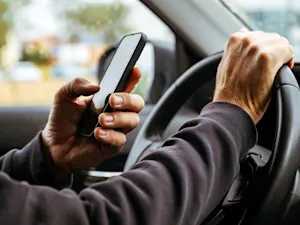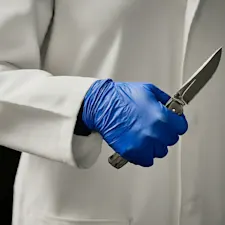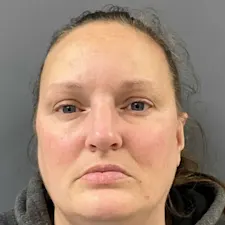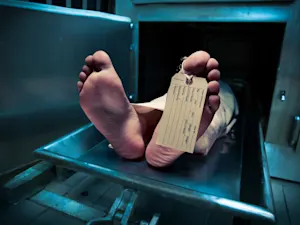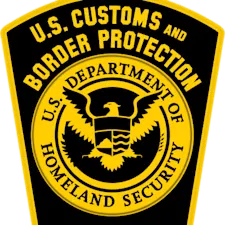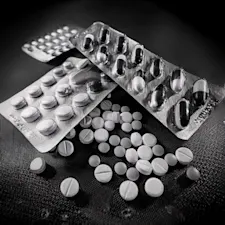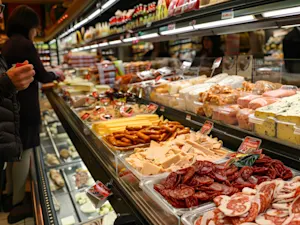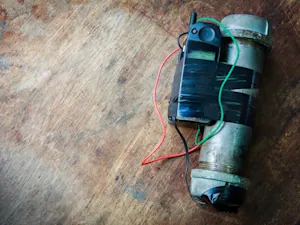
Your Card Is Stolen — Now the Real Nightmare Begins
Losing a credit card to theft is more than just an inconvenience — it's a gateway into a sophisticated web of criminal activity. When your card is stolen, there's a chain of events, some immediate and others more insidious, that can disrupt your finances and security. Here's what really happens behind the scenes.
1. Your Card Details Are Sold in Online Marketplaces
Once your credit card information is stolen, it is often sold on specialized online marketplaces known as carding forums or card malls. High-quality card numbers that haven't yet raised suspicions with banks can fetch prices as high as $135, while those flagged as potentially fraudulent sell for as little as $20. These forums facilitate a global exchange of stolen credit data, allowing buyers to use the information without directly linking it to the original thief.
2. A Network of Criminals Springs Into Action
Stolen card details are processed by a network of operatives, each with specific roles. Counterfeiters create physical cards using the stolen data, while recruiters find individuals willing to shop with these cards. These individuals, often referred to as "runners," use the counterfeit cards to buy expensive items such as electronics and luxury goods, which are then resold online or in secondary markets. The profits are used to sustain and expand these operations.
3. Fraudulent Charges Begin to Appear
In many cases, the first sign that your card has been compromised is the appearance of unauthorized transactions. Criminals often start with small test charges to verify the card's validity before moving on to high-value purchases. If these transactions go unnoticed, the thieves can quickly rack up significant expenses. Federal law limits your liability to $50 for fraudulent credit card transactions, but many issuers offer zero-liability policies for customers who promptly report the theft.
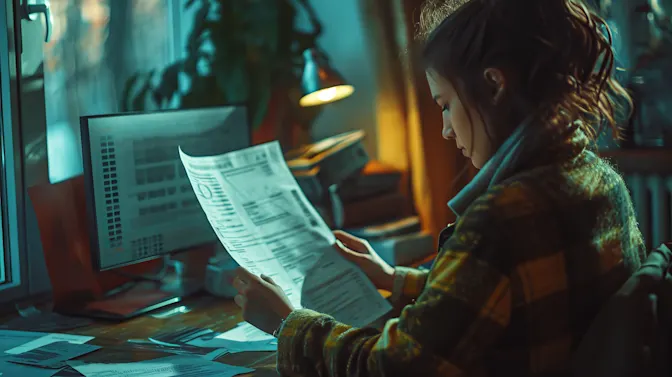
4. Your Card May Be Frozen by the Issuer
Credit card companies use sophisticated algorithms to monitor spending patterns and detect unusual activity. If your card is used in an atypical manner, such as for a high-value purchase in a distant location, the issuer may temporarily freeze your account and contact you for confirmation. This preventative step helps minimize the financial damage, but can also be inconvenient if you're unaware of the freeze.
5. Criminals Use the Card for High-Value Purchases
Once criminals verify the stolen card's validity, they often target high-value goods such as smartphones, designer items, or electronics. These goods are easy to resell and provide the network with the funds needed to pay for the stolen data, equipment, and operational costs. This type of fraud is a primary revenue stream for these networks and perpetuates their illegal activities.
6. You're Issued a Replacement Card
After reporting your card as stolen, your issuer will deactivate it and send a replacement. This new card comes with updated details, including a new number, CVV code, and expiration date, rendering the old card useless to thieves. While this step prevents further misuse, it also means you'll need to update all recurring payments linked to your old card, which can be a time-consuming process.
7. Identity Theft Becomes a Concern
If the thieves have access to more than just your card number — such as your name, address, or other personal information — you may face the risk of identity theft. This could result in fraudulent applications for loans or credit accounts in your name. Monitoring your credit report and setting up fraud alerts with credit bureaus can help mitigate these risks. The Federal Trade Commission (FTC) also provides resources for victims of identity theft, including assistance with freezing your credit.
8. Law Enforcement May Get Involved
Authorities, including the FBI, often work undercover in online forums where stolen credit card data is sold. Their goal is to track and disrupt criminal networks. However, the individuals caught using counterfeit cards in physical stores are typically low-level operatives, while the masterminds behind these operations often remain out of reach. Retailers also train employees to identify counterfeit cards by checking inconsistencies between the card's magnetic stripe and the visible number on its face, which helps apprehend low-level offenders.
Credit card theft is more than just an inconvenience — it's a coordinated effort by criminals who exploit stolen data for profit. While banks and law enforcement work to mitigate the damage, the best defense is early detection and prevention. Monitoring your transactions, setting up fraud alerts, and reporting theft immediately can help minimize the fallout. Staying informed and proactive is the key to protecting your finances in a world where digital fraud is more sophisticated than ever.
References: 4 Things That Happen Right After Your Credit Card Is Stolen | Here's What Happens When Your Credit Card Is Stolen | Lost or Stolen Credit, ATM, and Debit Cards

